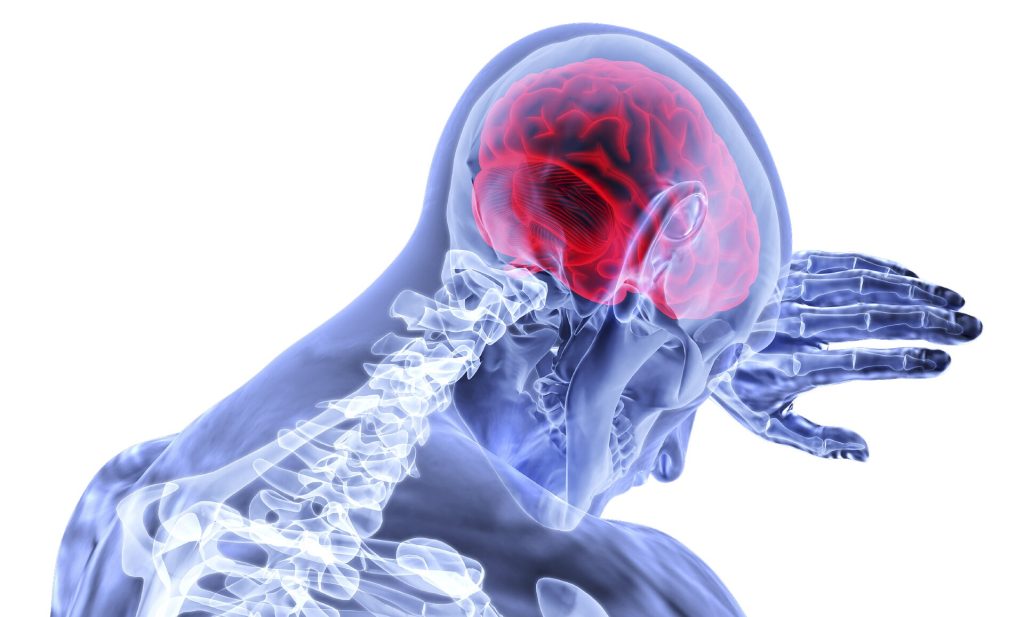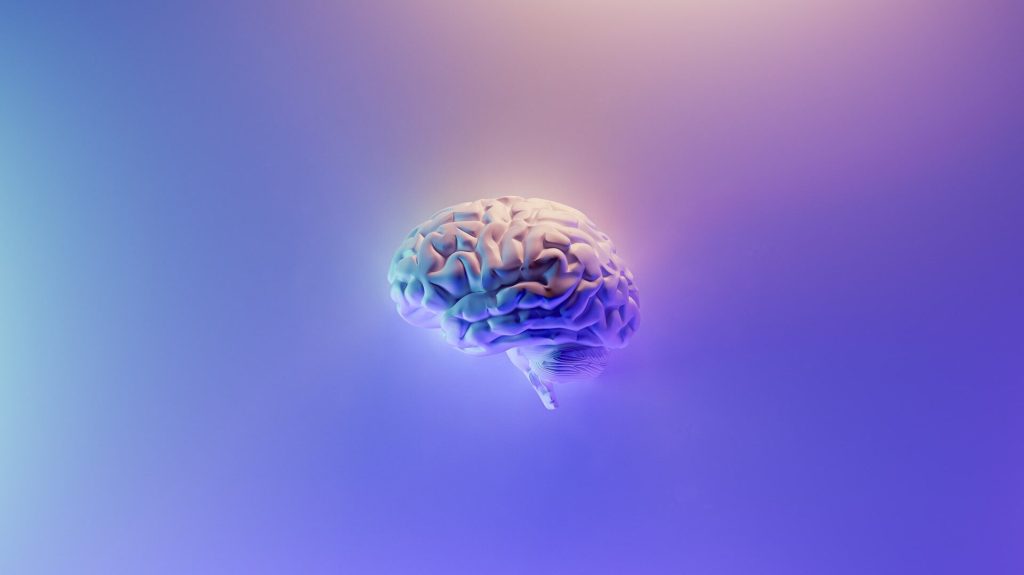Time to Debunk Four Persistent Myths about Intermittent Fasting

In a new article published in Nature Reviews Endocrinology, researchers at the University of Illinois Chicago debunk four common myths about the safety of intermittent fasting.
Intermittent fasting as a weight loss method has grown increasingly popular, with a large body of research demonstrating its safety. Despite this, several myths about fasting have spread among clinicians, journalists and the general public: that fasting can lead to a poor diet or loss of lean muscle mass, cause eating disorders, or decrease sex hormones.
In a new commentary, UIC researchers debunk each of these. They base their conclusions on clinical studies, some of which they conducted and some done by others.
“I’ve been studying intermittent fasting for 20 years, and I’m constantly asked if the diets are safe,” said lead author Krista Varady, professor of kinesiology and nutrition at UIC. “There is a lot of misinformation out there. However, those ideas are not based on science; they’re just based on personal opinion.”
There are two main types of intermittent fasting. With alternate-day eating, people alternate between days of eating a very small number of calories and days of eating what they want. With time-restricted eating, people eat what they want during a four- to 10-hour window each day, then don’t eat during the rest of the day. The researchers conclude both types are safe despite the popular myths.
Their conclusions:
Intermittent fasting does not lead to a poor diet: The researchers point to studies showing the intake of sugar, saturated fat, cholesterol, fibre, sodium and caffeine do not change during fasting compared with before a fast. And the percentage of energy consumed in carbohydrates, protein and fat doesn’t change, either.
Intermittent fasting does not cause eating disorders: None of the studies show that fasting caused participants to develop an eating disorder. However, all the studies screened out participants who had a history of eating disorders, and the researchers say that those with a history of eating disorders should not try intermittent fasting. They also urge paediatricians to be cautious when monitoring obese adolescents if they start fasting, because this group has a high risk of developing eating disorders.
Intermittent fasting does not cause excessive loss of lean muscle mass: The studies show that people lose the same amount of lean muscle mass whether they’re losing weight by fasting or with a different diet. In both cases, resistance training and increased protein intake can counteract the loss of lean muscle.
Intermittent fasting does not affect sex hormones: Despite concerns about fertility and libido, neither oestrogen, testosterone nor other related hormones are affected by fasting, the researchers said.
Source: University of Illinois Chicago










